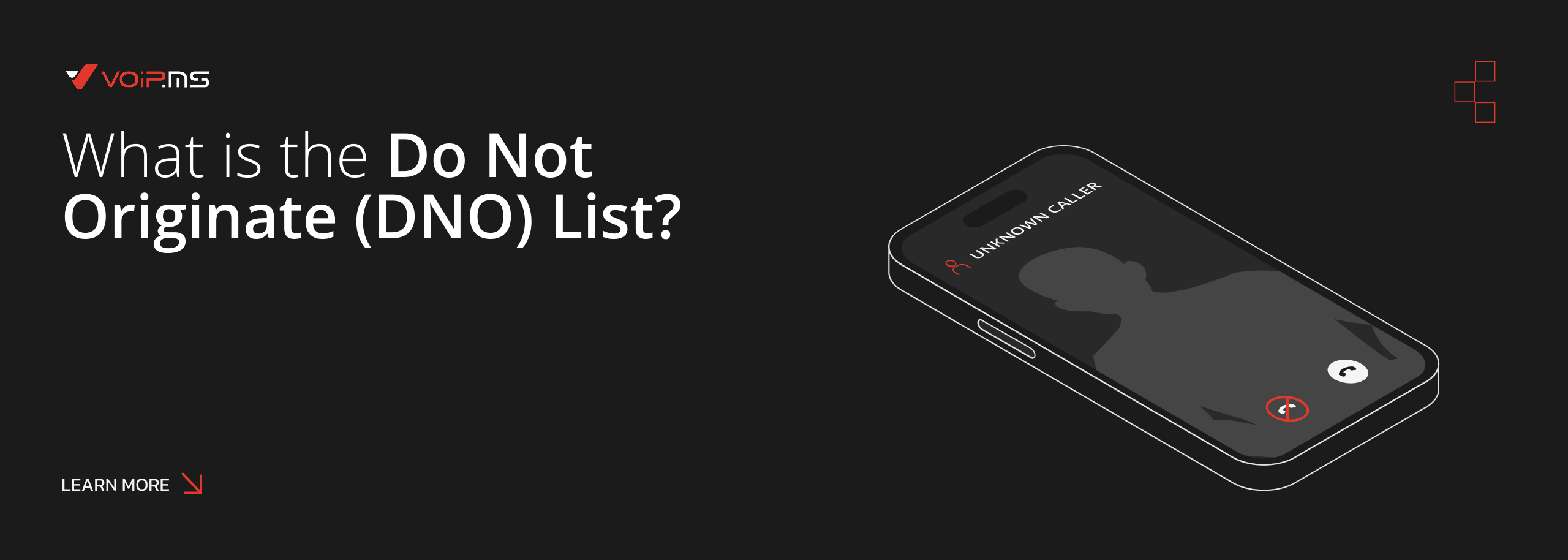Essentials to Internet of Things Security
5 May 2021Businesses are aware of the potential of IoT devices. Enterprises around the world have started to embrace the Internet of Things as a means for clearer processes and communication. IoT devices can provide businesses with actionable insights and data which is not easily attainable by any other technology.
Yet, enterprises are struggling with the basics of IoT security. In this article, we will discuss the basics of IoT security. But before that, let us briefly discuss why the Internet of Things (IoT) security is important.

Importance of IoT Security
Mirai botnet is the largest Distributed Denial of Service (DDoS) attack ever recorded. Over 1 terabyte per second flooded the Dyn network – a major DNS provider – bringing down websites such as Airbnb and Reddit. Having said that, the thing that made this attack so interesting is that it was carried out using IoT devices.
Approximately 150,000 compromised routers, cameras, and other devices were all enslaved into a single botnet, focusing on a single target. Manufacturers often use common usernames and passwords to protect the IoT device. So, in technicality, there were a few thousand password combinations that attackers had to figure out to compromise tens of thousands of smart devices for launching the DDoS attack.
All it takes is a few lines of code from cyber-attackers to test each of those default passwords and the device will get compromised and enslaved within a few seconds. Of course, only if the user did not change the default password. To avoid such wide-scale cyber-attacks like the one caused by the Mirai botnet makes IoT security of paramount importance.
Of course, botnets are not the only type of threats that businesses and individuals must be aware of. Researchers have proven in the past that it is also possible to take control of a physical IoT-enabled car by simply breaking into the application which controls the onboard software. For instance, Russian researchers have managed to open car locks by simply hacking the application.
IoT Security Vulnerabilities
1. Default Login Credentials
As discussed above, most people have the default usernames and passwords on their IoT devices. Manufacturers often hide the change username and password options deep inside the user interface. Thus, making it out of sight for most users. It is one of the most common reasons why many people do not even bother to change the default setting. If every IoT-enabled device had a separate username and password, the Mirai botnet would not have happened in the first place.
2. Lack of Software Updates
Most IoT device owners often fail to update the software that came by default on their devices. Therefore, if a software vulnerability exists on the device, there is very little anyone can do to prevent the device from getting compromised.
3. Communication Is Not Encrypted
Most IoT device owners often fail to update the software that came by default on their devices. Therefore, if a software vulnerability exists on the device, there is very little anyone can do to prevent the device from getting compromised.

Types of Attacks Against IoT Devices
Attackers can hack some devices in many ways. But following are some of the most common types of attacks against IoT devices.
1. Vulnerability Exploitation
Every device and software has vulnerabilities. It is next to impossible to have a device without any vulnerabilities. Even Google, with all its resources, cannot build a vulnerable proof software or device. Therefore, based on the type of vulnerability, attackers can use various ways to exploit the device. For instance, using code injection, attackers can inject malicious code into the device by finding a vulnerability. This malicious code can then perform various tasks such as taking control of the device or shutting it off completely.
2. Malware Attacks
Malware attacks are the most well-known and frequently used attacks that aim to gain access to the login credentials or device of the user. Smart TV and other similar devices are most exposed to such cyber threats, as users might unknowingly click on a malicious link or might even download infected apps. Thus, compromising their entire network of connected devices.
3. Password Attacks
Password attack is another common type of attack against IoT devices. In such attacks, cyber attackers bombard the users’ devices with countless usernames and passwords until they find the right one. Because most people use a simple and common password, such attacks are successful. Moreover, most people tend to reuse their passwords. Therefore, if the attacker gets access to one device, they can get access to all other devices.
4. Botnet Enslaving
As discussed, IoT-enabled devices are the prime candidate for a botnet attack. It is because IoT devices are easier to compromise and tough to diagnose, and once the device gets enslaved, attackers can use it for many different purposes such as DDoS attacks, performing click fraud, and sending spam emails among other things. Mirai botnet, as discussed, was built based on default passwords and usernames.

In today’s digital world, people are required to press specific digits on the smart lock to get access to office premises and/or their homes. However, with the increasing usage of sophisticated systems, cyber-attacks are also becoming more sophisticated. It means that no system is unbreakable.
VoIP.ms has for first vocation to provide quality communication tools to all its users, but also to simplify their life and offer them different solutions adapted to their needs, that’s why VoIP.ms starts to imagine different possibilities of interactions between everyday objects and its platform of voice over IP, this reflection is expressed today with Sequence. By using VoIP.ms sequence feature, you can, for example, add an extra layer of security to your smart lock IoT devices. The sequence feature offered by VoIP.ms allows you to combine DTMF, voice recordings, and SMS messages. Only when the combination is executed in a specific order, the sequence will provide access to the door. Therefore, the VoIP.ms sequence feature will help you keep a close eye on who gets access to your office or home.
Final Thoughts
There is no doubt that IoT is going to revolutionize the way businesses conduct their communication and operations. It is one of the best innovations we have seen ever since the arrival of the Internet. However, there is no denying that businesses must understand the importance of IoT security as well. The interconnected nature of this technology makes it much more difficult for businesses to undo any damages done. Therefore, enterprises should adopt a more proactive approach rather than a reactive one.
Share:
Back to Blog





